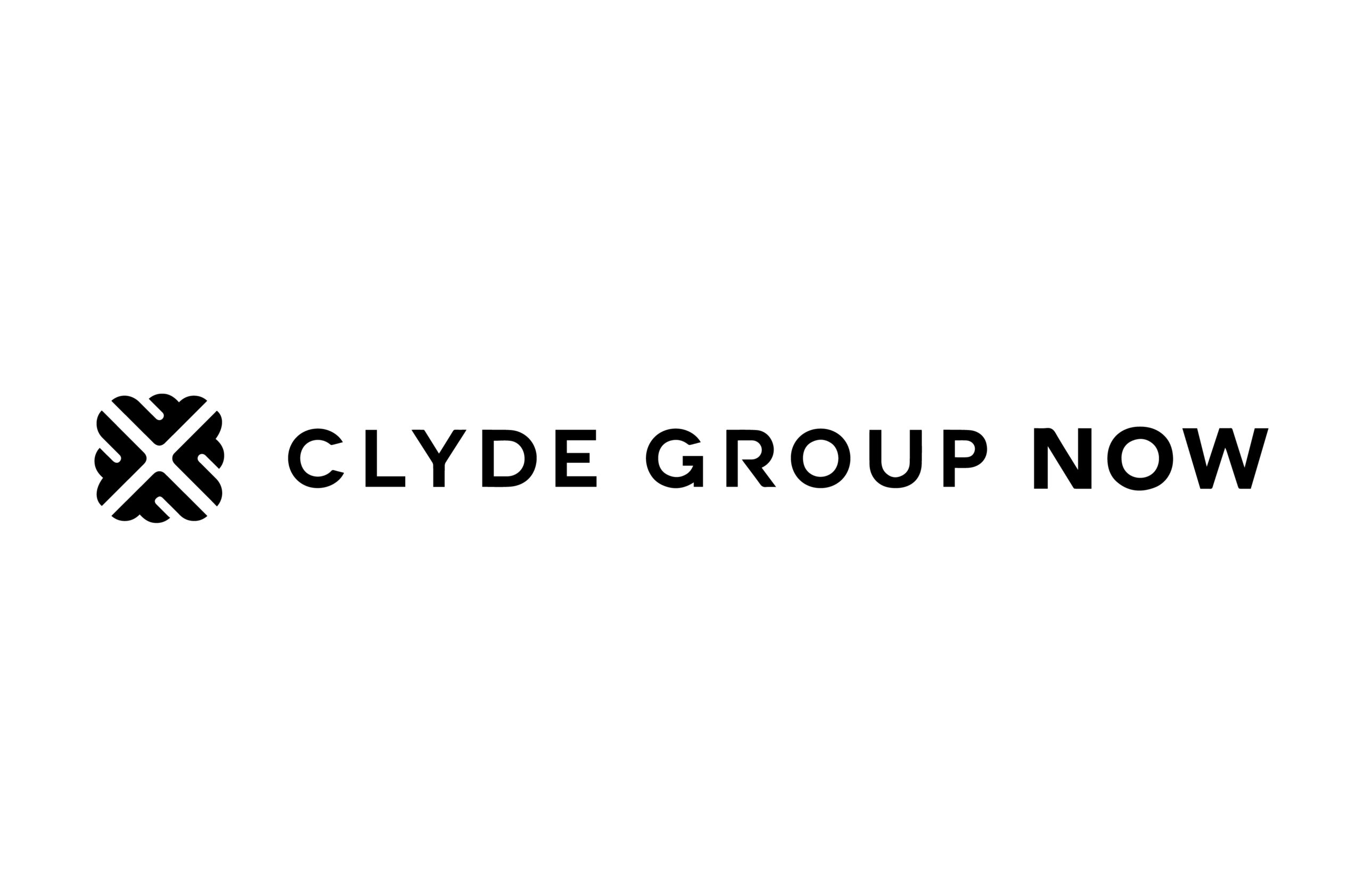Insights
COVID Impact: CSR Communications.

Amidst the COVID-19 pandemic, all of the data and economic figures show Americans feel emotionally drained, financially strained, and concerned about their health and well-being. Whether we like it or not, our decision-making, emotions, and energy are depleted, which affects consumer needs, expectations, and relationships with brands and companies.
But let’s say you’re an organization with news—really great news—to share during this tumultuous time. How do you do that? And more importantly, how do you stand out in the process? During this time of darkness, people are craving light in the form of good news. And the media is just as eager to cover that good news; many businesses are finding innovative ways to make use of their equipment, give out free services, or to keep paying their furloughed workers throughout the crisis.
Data suggests it might be hard for your corporate social responsibility (CSR) projects to shine through. On any given day, Turbine Labs tracks almost 100,000 media articles and blog posts related to COVID-19 and about 7 million social posts. According to a Newswhip Spike social media report, nine out of the top 10 most engaged articles in March were positive, with a mix of companies and workers pivoting to utilize their production power to help combat the virus.
What’s more, Americans are counting on businesses to help get them out of the economic downturn caused by COVID-19. According to Morning Consult, 68% of Americans think CEOs are somewhat or very responsible for helping Americans during the pandemic. The same report found that 86% of Americans are more likely to purchase from companies that help people.
Here are three steps to help your company tell compelling positive stories during this crisis.
Step 1. When putting out new content, consider making it live. According to NewsWhip Spike, live content has exploded in popularity, generating up to almost 600 million online interactions (Facebook and Twitter shares, likes comments) in a matter of a few hours. Some recent examples include:
- Musicians are offering free concerts on Facebook, Instagram, and YouTube.
- Museums are offering virtual tours.
- People attending religious ceremonies over live streams.
- Dyson, which designed a new ventilator and promised to build 15,000 of them to help fight COVID-19.
- The CEOs of Texas Roadhouse and Columbia Sportswear, who both significantly cut their own salaries to help their employees continue to receive a regular paycheck even as they were asked not to come into work.
- Crocs, which donated its shoes to healthcare workers.
- Gym chains like Planet Fitness are staying relevant by hosting sweat sessions on Facebook or YouTube, and other brands like Peloton and Nike are hosting free streaming workouts.
- Amazon Prime Video is offering a selection of family titles for free to all Amazon customers.
- Through May 31, the NFL is offering its Game Pass service for free.